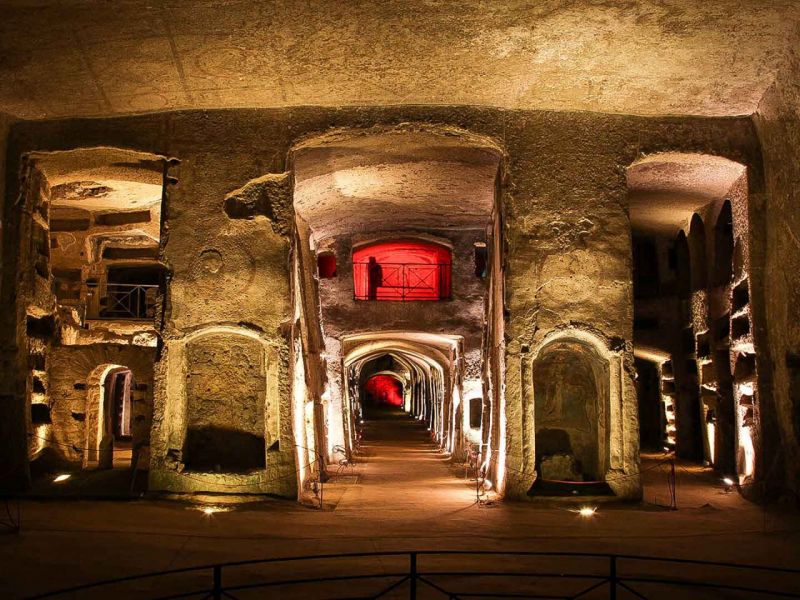
BLUE GROTTO CAPRI
02/04/2021
The blue grotto is one of the most famous attractions of Capri. The imperial villa of Damecuta overlooks this spectacular natural cavity, known since Roman times. Although, contrary to widespread legend, there is no underground channel that connects the villa to the cave. However, it is obvious that the Romans used it as they left a concrete platform in the Blue Grotto that served as an internal landing-place, as well as statues of pagan gods. The statues found on the bottom of the Grotto (one of Poseidon and the other representing a triton) are both kept in the Museum of the Charterhouse of San Giacomo. People say that the emperor Tiberius made it his personal nymphaeum.
For many years, the cave has been forgotten form the inhabitants of the island, also because of a popular rumor that wanted it populated by evil spirits. It was discovered, or rather rediscovered, on April 18th, 1826 by the German painter August Kopisch and his friend Ernst Fries, accompanied by the fisherman Angelo Ferraro. Since then, it has become a pilgrimage destination for thousands of tourists every year.
To reach the Blue Grotto you need to take a rowboat. The expert rowers guide the visitor insides by pulling the boat with a walled chain at the entrance and making everyone lie on the bottom of the boat since the entrance is only one meter high. Once inside, a breathtaking show is revealed. The so-called “Duomo Azzurro” (or “Blue Cathedral”) shows itself in all its majesty. Bathing is prohibited, even though the clarity of the water is truly inviting.



It is a cavity about 60 meters long, 25 meters wide and 22 to 14 meters deep. The vault has an average height of about 7 meters but can also reach a height of 14 meters. The wonderful blue color admired in the cave is the result of a complex phenomenon of light refraction. The rays of the sun are reflected from a larger submerged entrance (compared to the one from which you currently access) which create this luminous spectacle.
There are numerous tunnels that depart from the main environment, both above and below sea level. Most of them are unknown, but many believe that these communicate with the nearby Grotta dei Guarracini. Next to the Roman platform, the Galleria dei Pilastri opens up, which is connected with another gallery that leads up to the Sala dei Nomi (or Name’s hall). The name of the gallery came from the signatures that the ancient visitors had engraved on the internal walls. The tunnel continues, narrowing down to the point where it takes the name of Corrosion Passage and in the last cave called Corrosion Hall.















